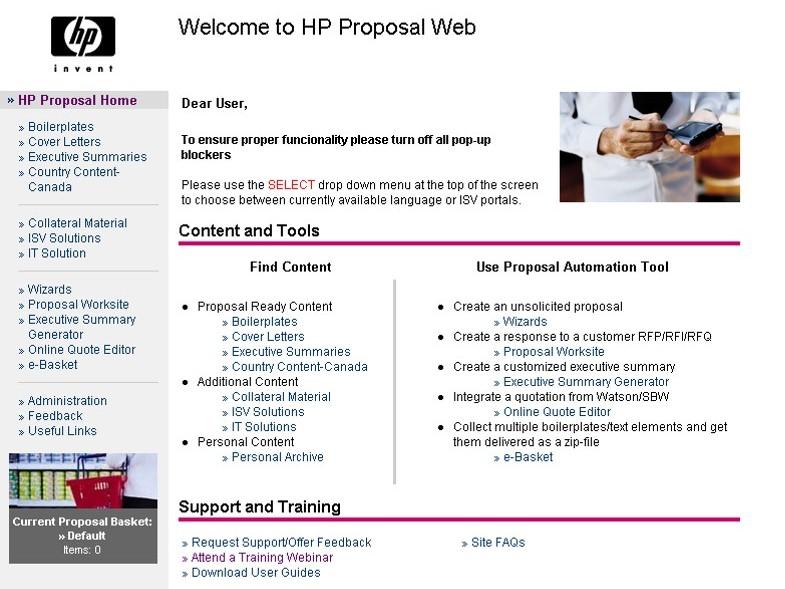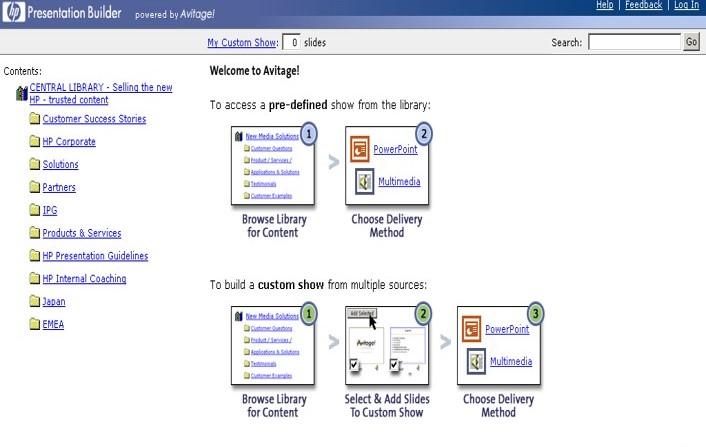KM Component 46 – Process Automation

Stan Garfield
Process automation provides tools that automate previously manual processes, such as producing proposals, creating presentations, developing products, managing surveys, and managing reporting. Many business processes have been automated with commercially available or custom applications.
Those that are knowledge intensive can be considered for inclusion or integration with a KM initiative. Examples include proposals, presentations, product development, surveys, and reporting.
In proposal production, much of the content is standard boilerplate and can be reused as is on each proposal. Some content must be modified slightly but is typically included. And some content is unique to the particular opportunity and must be tailored extensively. A proposal automation tool can help streamline the effort required, allowing most of the time to be spent on the custom content, and creating a consistent and appealing format.
Presentations are similar in that they combine slides reused from the past, modified slides, and new slides. There are often problems with inconsistent formats, outdated information, and missing content. A presentation creation tool manages slide content in a library, ensures that the latest versions are used, and enables useful features such as synchronized audio recording. This allows presentations to be delivered as recorded slideshows, which can be used for training and to ensure the highest quality of narration.
The University of Michigan’s PLM Development Consortium defines Product Lifecycle Management (PLM) as “an integrated, information-driven approach to all aspects of a product’s life – from its design inception through its manufacture, deployment and maintenance, culminating in its removal from service and final disposal.” For more, see What is PLM?
If you use surveys to understand user needs and satisfaction, you need tools to conduct, collect, and publish survey data. Automated survey administration, data collection, and results compilation makes it easier to do this regularly.
For regular metrics reporting, applications that prepare monthly reports with a minimum of human intervention allow the members of the KM team to spend their time on tasks worthier of their skills. Metrics data provided with a minimum of effort through automated systems can be put to productive use. If you find that staff members are consumed for days at a time each month producing reports, you should purchase or develop systems for collecting, distributing, and publishing data on key performance metrics.
These and other knowledge-based business processes should be reviewed and considered for inclusion in your KM program. Some will be too big on their own, but some will fit well with other KM components and can be tied in as appropriate. Process automation applications can embed knowledge sharing in the routine operations of a business, improving the flow of knowledge across the enterprise.
Other Processes to Automate
- ERP (Enterprise Resource Planning)
- Staffing
- Expense reporting
- Project management
- Travel reservations
- Learning
- Research & Development
- Manufacturing Execution
- Distribution, logistics, and inventory
- Scheduling
- Transaction Processing
- CRM (Customer Relationship Management)
- Sales management
- HR (Human Resources)
- Financial planning and budgeting
- Operations support and modeling
- Process control
- Idea management and innovation
- Customer support
- Market research, competitive intelligence, and customer intelligence
Examples
Here are three examples of process automation from Hewlett-Packard.
- HP Proposal Web – automated proposal generation

- HP Presentation Builder – automated presentation generation

- HP Reporting – automated metrics report generation


Stan Garfield
Please enjoy Stan’s additional blog posts offering advice and insights drawn from many years as a KM practitioner. You may also want to download a copy of his book, Proven Practices for Implementing a Knowledge Management Program, from Lucidea Press. And learn about Lucidea’s Presto and SydneyEnterprise with KM capabilities to support successful knowledge curation and sharing.
Similar Posts
How to Incorporate Interns in Museum CMS Projects: Data Cleanup and Refinement
A museum expert details how interns can be successfully included in museum CMS projects at the data cleanup and refinement stage.
Interview with Susannah Barnes about the SLA Data Community
Susannah Barnes is the Co-Lead of the Data Community for the Special Libraries Association. If you work with data in any capacity, this interview will be of interest to you.
Lucidea, Developer of ArchivEra CMS, to Sponsor MAC 2024
Lucidea, leader in innovative archival collections management software solutions and provider of ArchivEra, will participate in Midwest Archives Conference (MAC) 2024
Enhancing Collaboration; Methods for Archivists
Archivists can enhance collaboration through user-centric approaches and efficient processing methods based on customer service principles.
Hosting service
Enjoy all of the benefits of your Lucidea solution with secure, reliable, stress free hosting
Programs & incentives
No matter your size or budget, we’ve got you covered, today and tomorrow



Leave a Comment
Comments are reviewed and must adhere to our comments policy.
0 Comments